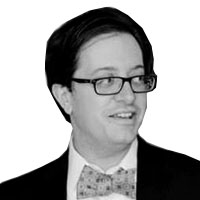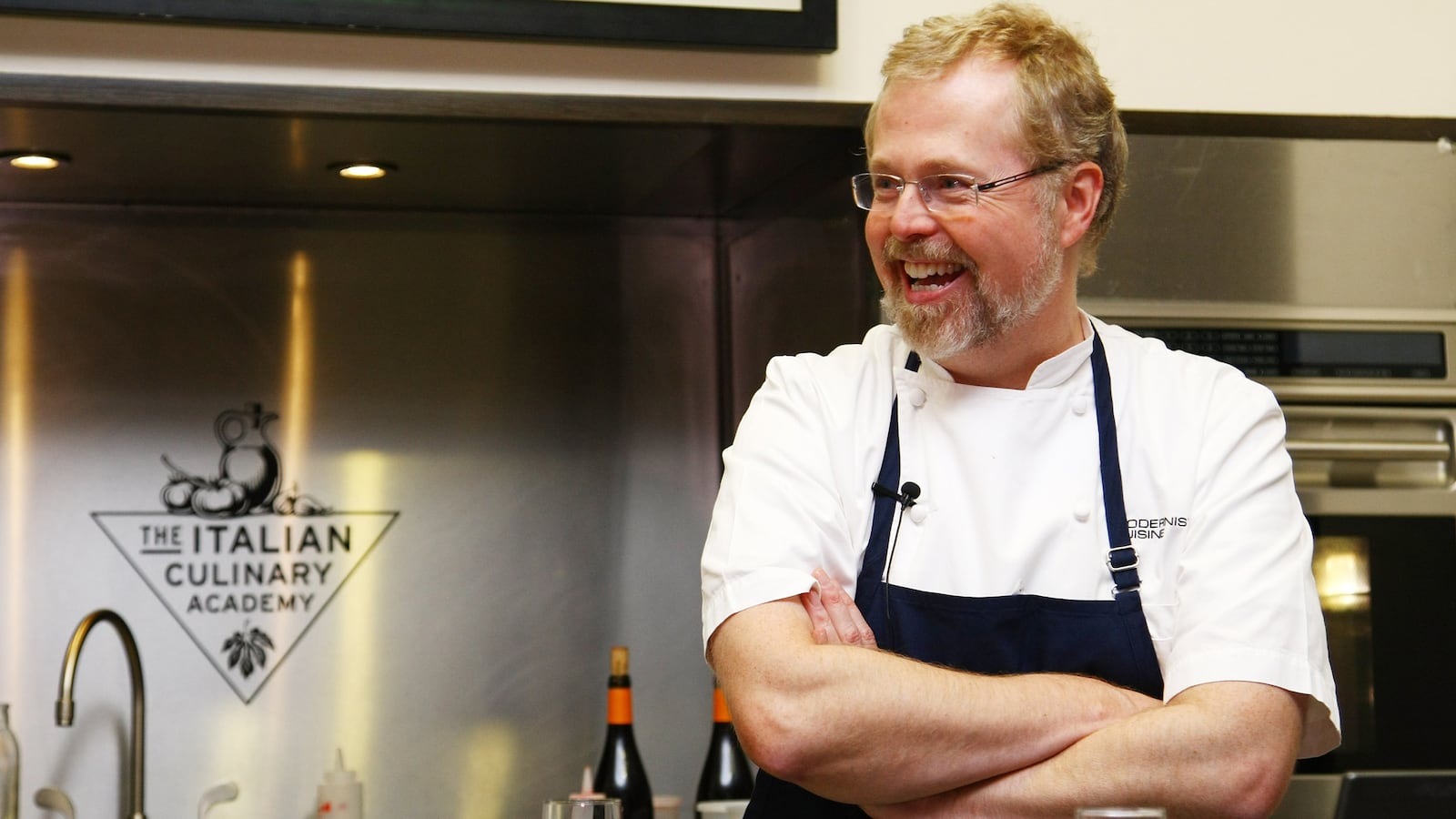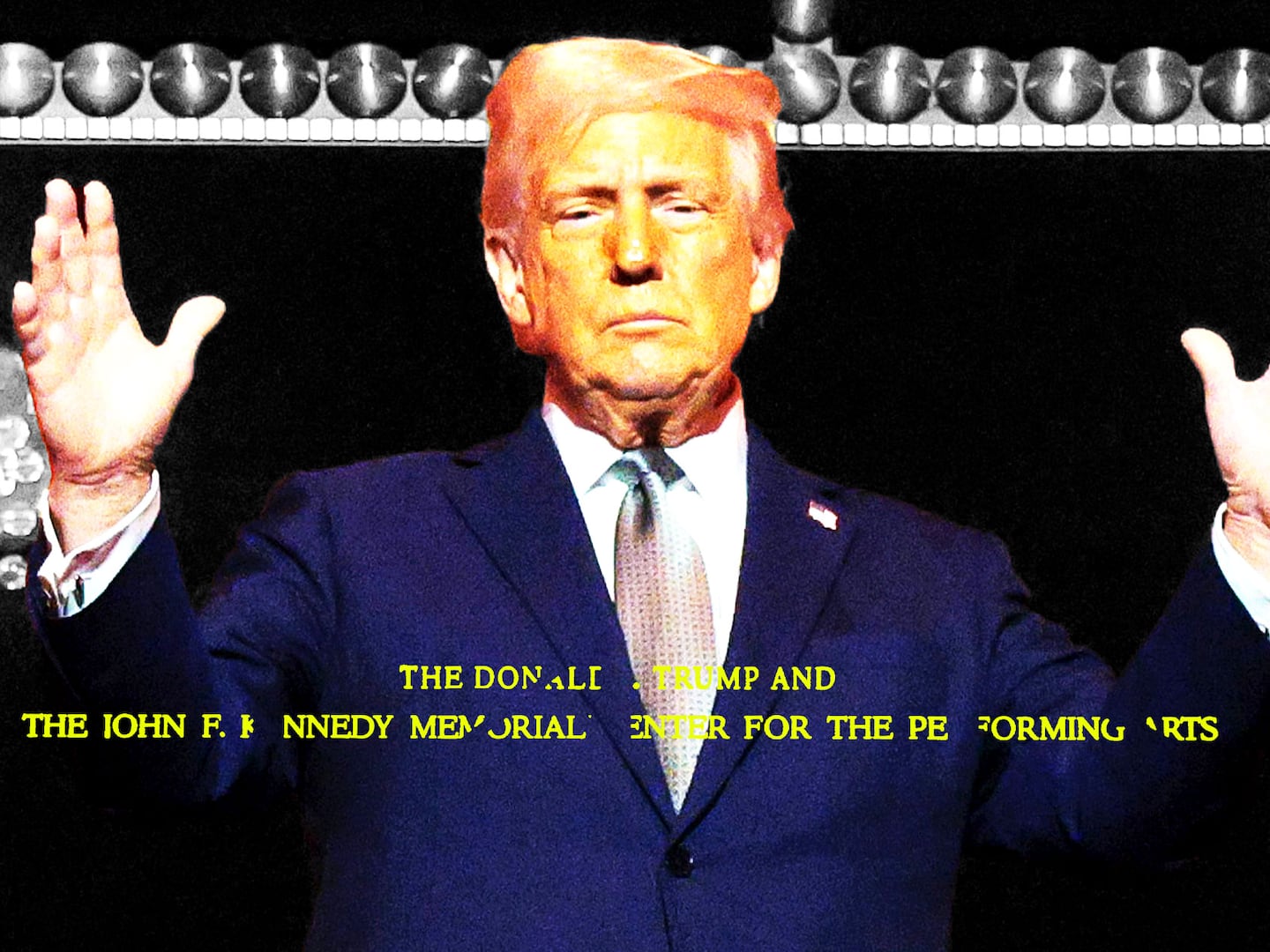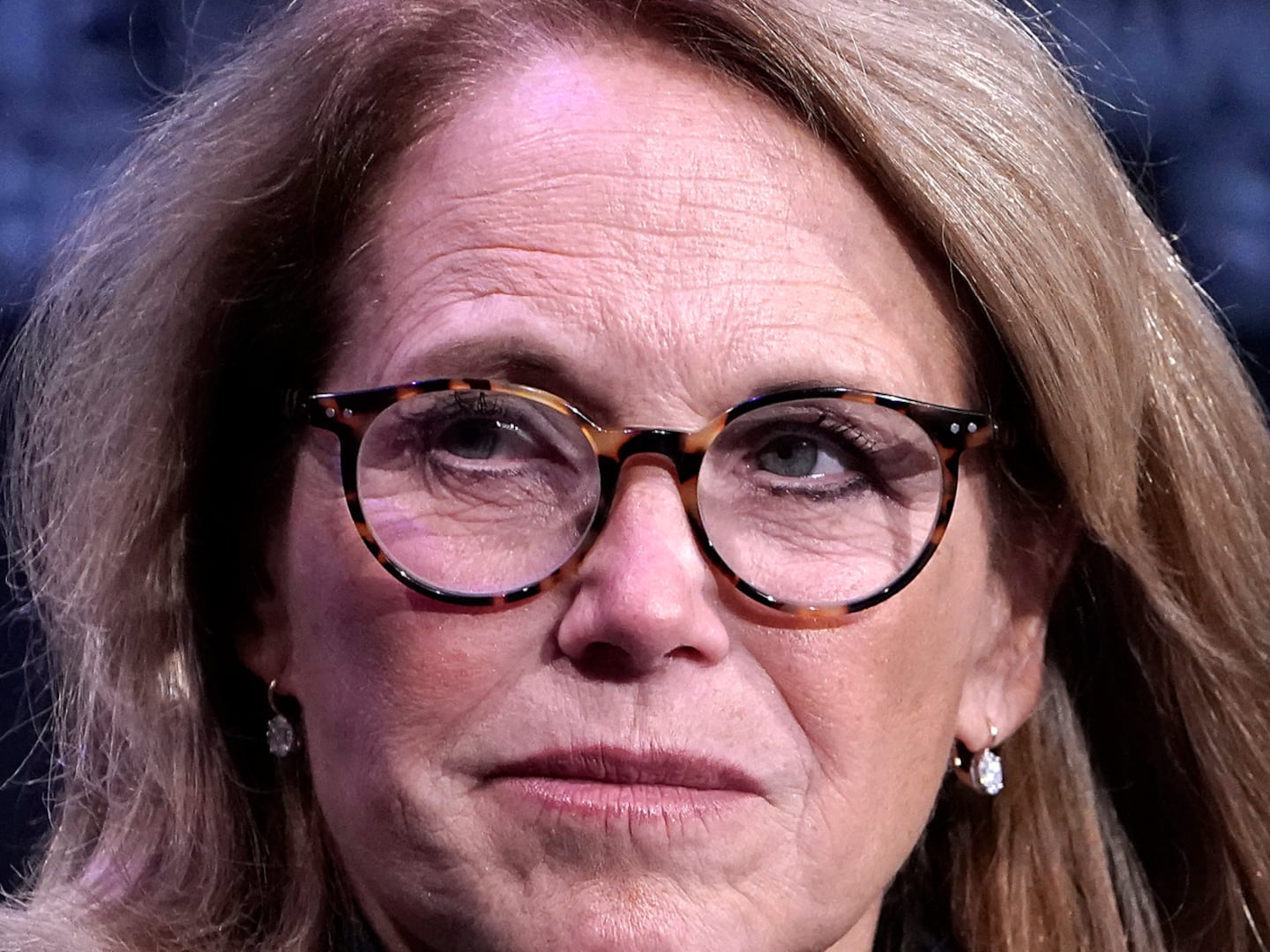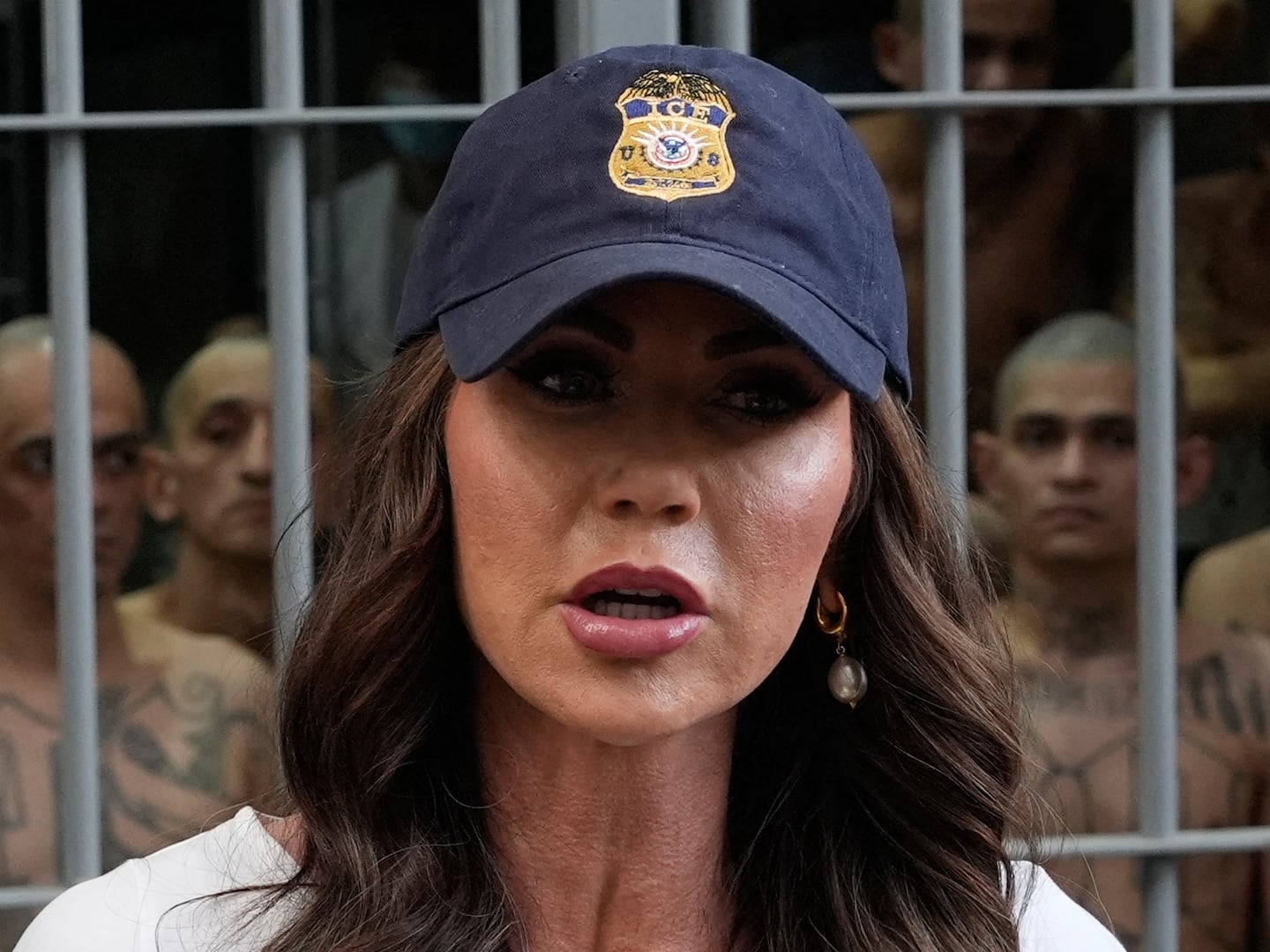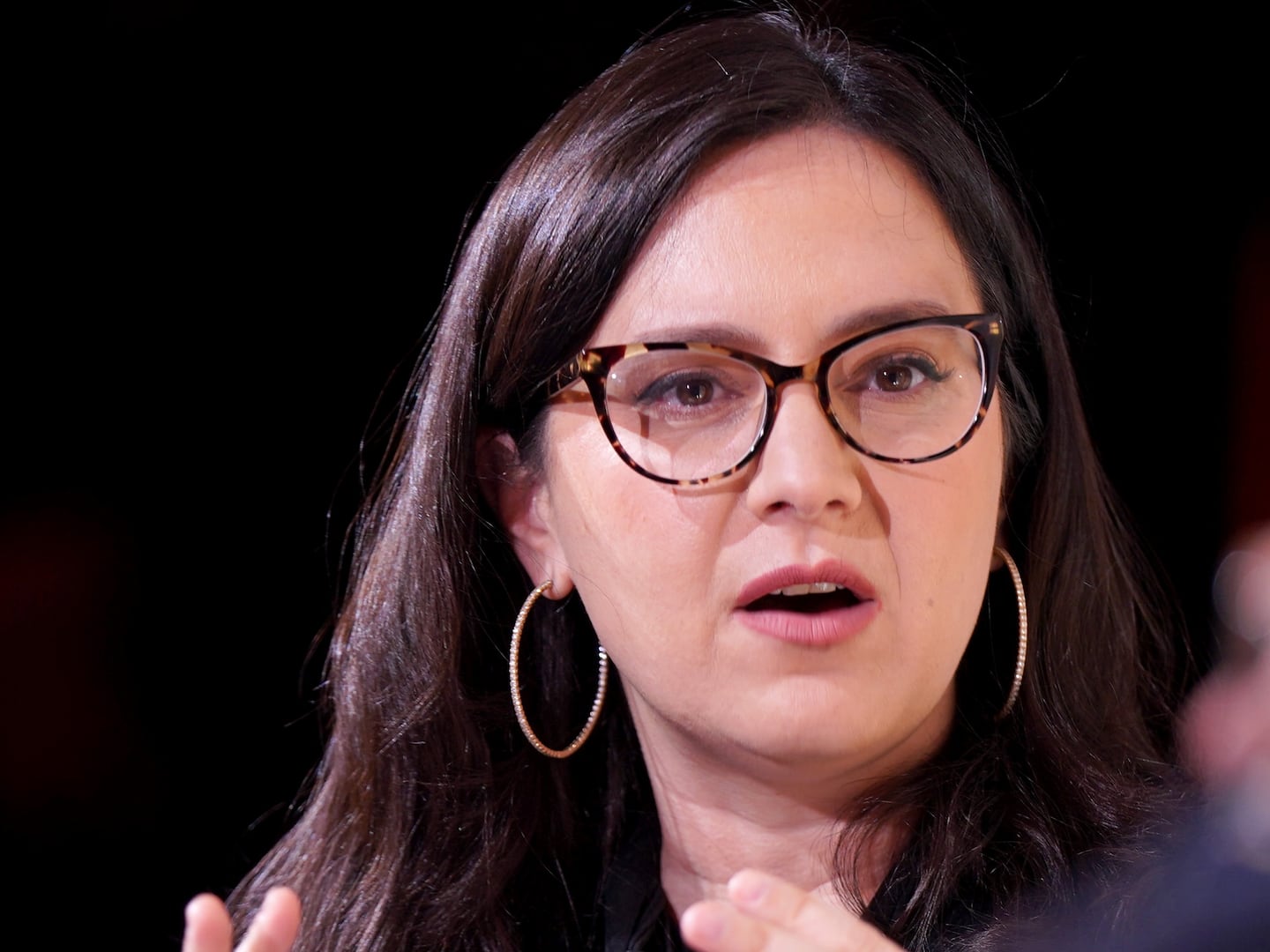You were chief technology officer at Microsoft; you have degrees in math, physics and economics; you hold hundreds of patents; you’re a prolific author in both scientific and popular publications; what made you turn to food? “I was interested in food before I was interested in any of those other things: Everybody is! I just never moved on. After I retired from Microsoft, I was cooking more, and I kinda thought there should be a big book I could get that would really tell me all about the latest techniques. Ultimately, I discovered there was no such book, and so I had to write it.”
The book you had to write became Modernist Cuisine, an incredibly in-depth, scientific guide to basically all of cooking published in 2011. Why did you decide to focus on baking with your new book, Modernist Bread? “Bread is one of the oldest foods of mankind. It’s also a complicated food. You can eat a peach right off the tree, but bread is nothing like the grain it’s made from. Long before they knew how it worked, our ancestors figured out what to do. I wanted to go back using all the scientific techniques we have today and figure out if that’s the best way to do things.”
So what did you find out? “One thing is that kneading is a fraud, at least as it’s normally described. It does not do what everybody says it does; it’s optional. There are all these no-knead bread recipes, but most books just sort of ignore that. What develops the gluten in bread is the flour just sitting with water. You can make the process happen faster if you knead, and it can affect the final texture of the bread, but it’s not necessary to the process.
Another thing we learned is that whole-wheat bread and whole-wheat flour is not any healthier for you than white bread and white flour. It’s so different than what everybody ‘knows’ that people think I’m joking when I say it, but it’s definitely true. We also found that it’s difficult to get decent rye flour in the U.S. and as a result we don’t get very good rye bread here. In Europe, they have better rye bread because they grind the flour in a special way, more finely.”
Did you discover any techniques home bakers can easily use? “The best way to make a crusty bread is to bake it in a cast-iron pot—but use black cast-iron: The fancy enameled ones don’t work as well. And the best way to cut your bread at home is with an electric carving knife, like people use on the turkey at Thanksgiving. The biggest thing is we try to explain how simple baking bread can be and how people shouldn’t be afraid to make it at home. The fact is, bread is really quite forgiving, and with a good beginner’s recipe, you can get started.”
The press release for Modernist Bread says that you and your more than 200 recipe testers used more than 19 tons of flour baking more than 36,000 loaves in more than 1,600 experiments over more than four years. Who ate all that bread? “Mostly the people at our lab. There are about 100 people who work at our lab (not all on this project, of course), and they all got a lot of bread.”
You come from a science background but also studied at Ecole de Cuisine La Varenne in France, which is very much dedicated to cooking as an art. How can the two approaches work together? “There’s a wealth of knowledge that chefs and bakers have developed over the years that’s still very valuable. They empirically discovered lots and lots of things without really knowing how it works. All the dishes and flavors that come from that, that’s really important stuff. Other things, though, they say ‘you do this for this reason,’ and sometimes that’s not true, or you actually do it for a different reason. That’s also why we totally respect the methods of science and believe you should be able to test all your ideas and make sure they’re true, but at the same time, we also love the history and tradition of cooking and the debt we owe to all the chefs that have developed all this over all these years.”
All three of your books take a very science-based approach to cooking, running hundreds of experiments on various techniques and ingredients to figure out what works best. Why don’t you think more chefs do this? “There’s a tremendous amount of tradition involved with cooking. I think if you actually understand how to do something, you have to understand why it works. In fairness, if you just follow a recipe, you don’t need to know why it works. If you’re happy with that, great. My book comes in for people who are curious about why it works, and if you want to create something new.”
How did you first learn to cook? “When I was about 9 years old, I discovered the library had a cookbook section, and I was fascinated. So I told Mom I was gonna cook Thanksgiving dinner all by myself. And I did it. I do a lot better at it these days, but that put me on the path to wanting to learn how to cook.”
What does your home kitchen look like? “A bit like the lab kitchen. To be honest, I don’t think there’s any equipment in there that would be in a ‘normal’ home kitchen! I have a Thirode stove from France, two combi ovens, two French deck ovens for making bread, a huge cold-smoker, a sous-vide vacuum packer and a bunch of sous vide machines.”
What are your favorite things to cook? “My single favorite thing to do is barbecue. I was lucky enough to compete once in the world championship of barbecue with a team who would go on to win. It was no thanks to me, as the rookie on the team, but it was really fun to do. I also make a lot of French classics, so I’m kind of all over the map.”
Modernist Bread is a six-volume set that weighs in at over 50 pounds, has more than 2,500 pages in total and retails for more than $600. Who is the intended audience? “Our books are for people who are passionate and curious about cooking. If you’re not passionate, you’re not gonna pick up a 2,600-page book. On the other hand, if you are passionate and curious, we will tell you things about bread that I don’t think you’ll find anywhere else in the world. If you’re a home baker, we have a lot of easy recipes, but we also want to include professionals—restaurant chefs who might want to add house-made bread to their menus, as well as small-scale professional bakers.”
What are your favorite places to eat in your home of Seattle? “I love Nishino, Monsoon and Loulay. There’s also fantastic Chinese and Mediterranean food here. We’re blessed with a lot of great food.”
Which topic will the next book in the Modernist series cover? “Right now, I’m still on the book tour, so the next few months are definitely for promoting the book we have. Then we’ll start thinking about what to do next. But there will absolutely be another book!”
What are you working on right now outside the food world? “I do research on asteroids, on dinosaurs. I take a lot of photographs—I have a gallery in Vegas where we sell photos of food. I also have been making a couple of new microscopes and cameras to take pictures of things that aren’t possible with current equipment. I’m a busy guy.”
Modernist Bread will be released Nov. 7. You can follow Myhrvold’s ongoing culinary experiments at modernistcuisine.com.
Interview has been condensed and edited.
